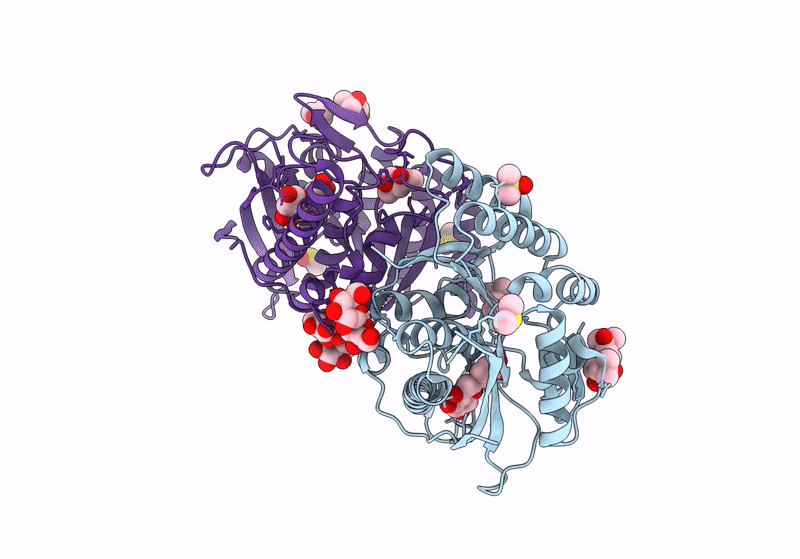
Deposition Date
2023-10-12
Release Date
2024-03-20
Last Version Date
2024-03-20
Entry Detail
PDB ID:
8WR2
Keywords:
Title:
Crystal Structure of Human Pyridoxal Kinase with bound Luteolin
Biological Source:
Source Organism:
Homo sapiens (Taxon ID: 9606)
Host Organism:
Method Details:
Experimental Method:
Resolution:
1.94 Å
R-Value Free:
0.20
R-Value Work:
0.18
R-Value Observed:
0.18
Space Group:
I 2 2 2


